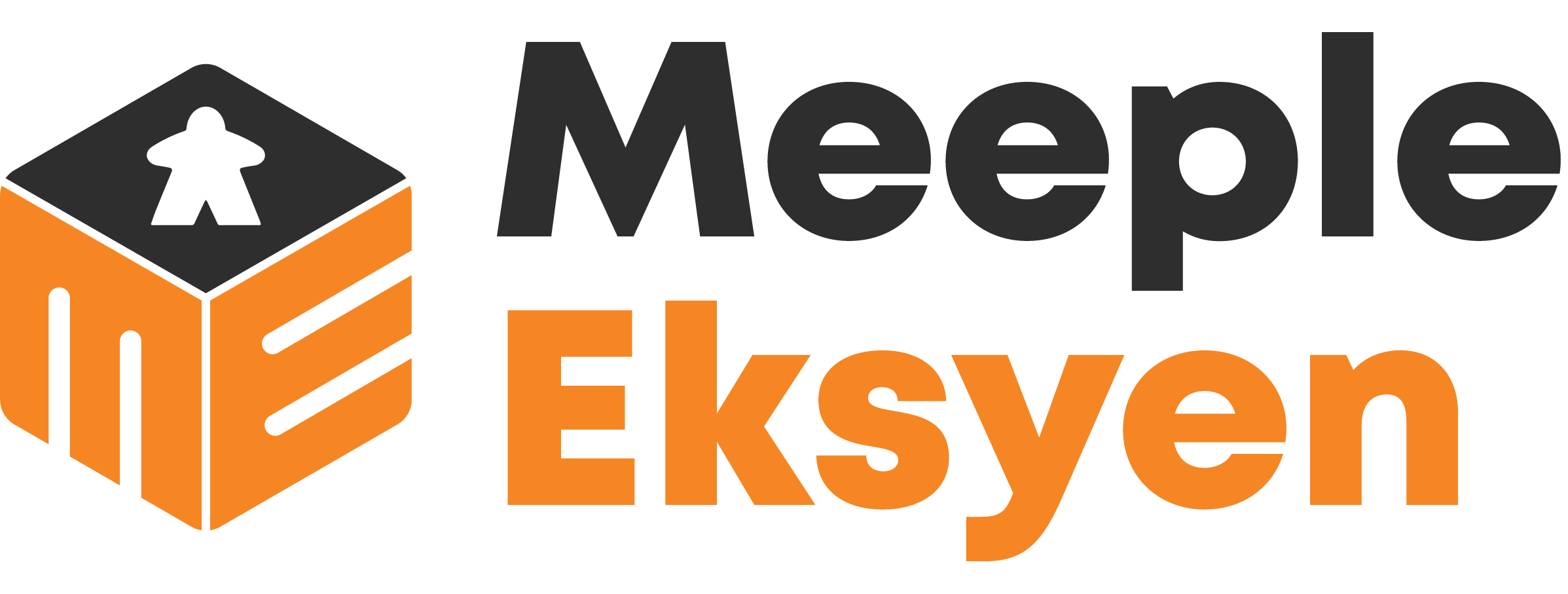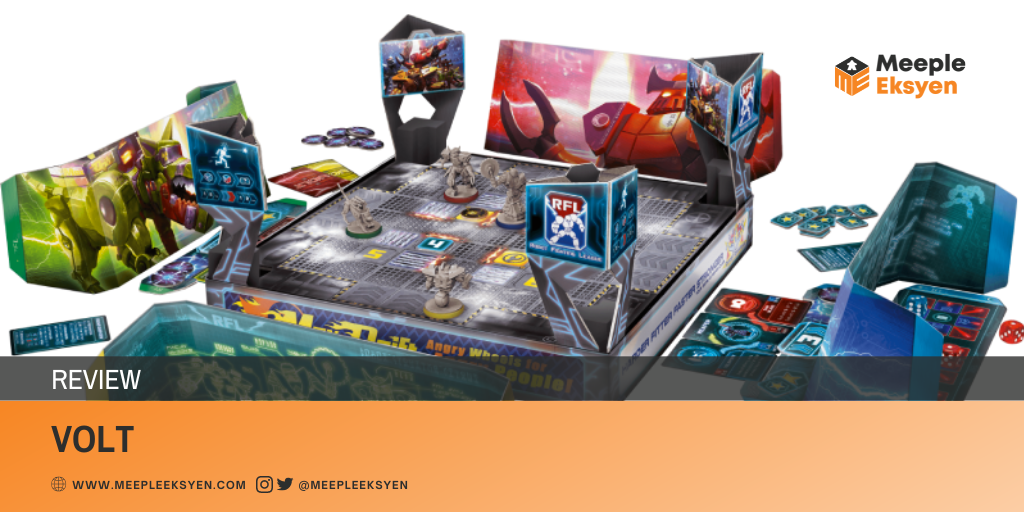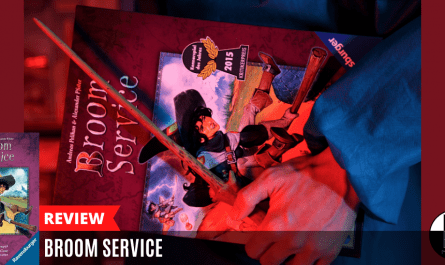It hurts me to say this, but human beings do love conflict. We find great value in the fight for survival presented before us. Although the form of such entertainment becomes milder than many centuries ago (with gladiators and their short life expectancy), the need for that thrills still exists. With how we perceive human lives nowadays, the gore of Colosseum is no more acceptable in the society. Nevertheless, the innovative thoughts bring forward the idea to replace us and pit inorganic beings (read: robot) in the arena. Volt may be a representation of the near future of robot combat sports.
I do wish I could enjoy such sport, really. As a fan of football (or soccer, I apologize to all my European readers), I am more of a pacifist and like something more vanilla-ish to watch. However, my love for Transformer, both the animated series and the film (only the first one, though), drove my hand to pick this robot-based game up. When knowing that Heidelbär Games released Volt in 2018, it was a no-brainer to quickly grab a copy. It has robots in it, and it’s a board game. Although published a few years back, Volt can still be relevant for today’s market, in my opinion.
With a gap of some years post-release, I am sure there are numerous video on YouTube showcasing the how-to and tutorials of Volt. Hence, I will not savour this topic much here. To sum it up, in Volt, all robots are the gladiators. They participate in a combat, and players will program their movements to take down other contestants in the arena. If you didn’t get any IT class previously, worry not. The programming does not need any knowledge of coding whatsoever. Otherwise, I wouldn’t even dare to touch this game.
A short disclaimer before you read my board game analysis
As an avid euro gamer and hardcore Legend of the Five Rings (L5R) LCG player, my reviews may reflect a preference for these styles, and I may not cover solo games/variants extensively. Please note that my personal remarks are based on my gaming experiences, and I aim to provide honest insights within the scope of my preferences.
Functional (and futuristic?) packaging
We are interacting with the arena already when we touch the box. This is not your conventional board game packages that merely packs and protects the components within. The carton transforms into the future’s Colosseum during the gameplay. I have seen the same approach by Devir Games, although they did it in a smaller scale. To give more chilling sensations of a battle arena, four floodlights firmly stand on each corner. Just like any other sport, the presence of sponsor cannot be missed. On all four sides of the arena, you can find their advertisements, too. Heidelbär Games really went extra miles to create the mood here while keeping the design as efficient as possible. Before us stands Volt with its massive stage and the oil-shedding and laser-blasting battles (robots don’t shed blood).
Another selling point is their robot miniatures. This is to be expected, actually, since the dev and design team have put so many efforts in the other components, it would be a woo if they don’t add any minis. For me, they looked pretty basic and a bit cartoon-ish for such a thematic background. Perhaps, it was just my bias, thank you the constant exposure to Warhammer and other miniature gaming with more realistic features and darker genre!
Nevertheless, they look great, and with some painting skill, will appear even better. To be fair, Heidelbär Games is not a publishing company specialized in miniature gaming, either. Take this remark as a nitpick from my side, since it’s unfair to judge Volt by their minis only.
Jumping into Volt’s gameplay
Volt comes with a set of blue and red dice. We use them to determine the action priority in the arena, or easier said, the player order. This programming is done in secret, behind the screen, which makes the game more interesting. We are trying our best to control the next steel ‘Spartacus‘ and conquer the steel arena.
I don’t hate dice, nor I dislike them. But, when my decision-makings in the whole game are determined by the result of casting them, I am rendered useless, most of the time. Fortunately, although Volt does involve dice, we play without the need to roll it at all. These dice are there as a marker, and we only consider the face value for the game.
Players place the dice on their console behind the screen after deciding, with the elected pips face up. This is the programming phase in Volt, determining which pips for which action is crucial. The first concept to understand is: the die value determines the order resolution of that action. Starting from the lowest to the highest, the actions are resolved in that order, happening between all players. It’s the core of Volt, overall. Players need to devise their strategy ahead, trying to gain advantage by guessing what their adversaries trying to do, and planning their action in that specific order to hit the other robots.
The Red dice are for Attack, whereas the Blue dice determine the movement. While attacking, the robots fire a laser to a direction, or projectiles, depending on your imagination. This emission will only stop when it hits something in the line of sight and direction where it’s flying. Thus, having lower pips in Attack is like a sure-thing, since the range is unlimited.
However, it may not be an option, for several players at least, with the Moving. The first concept above is still valid, but now the face value also determines how far the robot can travel. With both things combined, players have that dilemma whether they want to fare further but move later; or, they only do a quick-step, so they can travel first before the other actions are resolved.
There was a case, where that latter case was necessary for my Mercury’s (the name of the bot) survival. I pick it because it’s depicted in yellow, just like Bumblebee from Transformers.
Anyway, Reaper, controlled by another combatant, was programmed with a one-value red die. It blasted its laser, and Mercury was in the line of sight. Fortunately, I already guessed it, and thus, devised a side-step with my one-pip blue die. Since both dice showed a value of one, the tie-breaker was the colour. Blue die, therefore, resolved first before red. Mercury was able to dodge in the last minute, and Reaper wasted one out of its three actions in that round. I bet my opposing team smashed his console out of frustration.
With the above concept, now you may think, “I will just place all dice with their lower value, then. That way, my action will always have priority!” Well, I hate to break the bad news, but that strategy won’t work. Programming robots is not as easy as you think. In a game of deductions like Volt, having a defined habit makes you predictable. And a predictable opponent will, at the end, meet their downfall. Normally, I need to predict both actions and order resolutions. But against a predictable opposing player, I only need to guess the first part, since the latter will always resolve before my action. Thus, by observing where the robot stands, I can already make an educated guess, and attack or dodge accordingly. Look before you leap, it’s normal to put higher dice value and work out your piece later than the opponent.
After the dice are placed, we cannot move them any more. It is not uncommon to see some of the robot operators (read: the players) grit their teeth after falsely predict their opponent’s next move. More than seldom, we can feel an overwhelming joy after shooting another robot, falling to the perfectly devised trap.
With the secret programming behind the screen, Volt becomes more like a deduction game, too. We program the manoeuvre of our robot to anticipate and surprise our opponents. It feels like steering the Megazord to fight other Zords.
Looking at the planning for three steps ahead, this is more a strategy game rather than a tactical one. Volt can, in fact, become more tactical with some external elements implemented into the game. This game is equipped with that option, which adds more stimulations in the game.
One of these extras is: the robots in Volt come with various skill, which ensure different experience and playing style. The Module cards also bring another meta to the game. With them, Volt does not feel too chess-like. These Modules bring more reactive plays and additional advantages for several actions. It certainly creates a new gaming mode for Volt. Thus, replay value is pretty high, thanks to the variability, and provided if you like the game, too.
I think I would enjoy Volt more if the way the robots currently facing become crucial. It definitely adds another layer of decision-making during the robot movement. Players can also decide not to move, but rather, change the way the robot is facing. The current Volt ignores this aspect, so players can still shoot something standing behind their back. Perhaps, this feature was not implemented to keep the complexity and playing time in-check?
Personally, I think Volt can be expanded even further, since there are many variables that can be explored. For example, more robots in the future with different mechanic and skills are most likely to happen. Even Transformers introduced more characters along the way in their series and movies, right? Or perhaps, we can expect something more subtle from the terrain/arena, which brings more depth during the planning phase.
Player elimination in Volt?
Despite the conventional concept of annihilating the foes in the traditional Roman gladiator, it does not get brought into Volt in the default gameplay. These inorganic combatants may be hit and destroyed, but they will come back in the arena after several tinkering and repair services. Player elimination is a pet-peeve for countless gamers, and I can understand it fully well. Fortunately, it is not a problem in Volt, as we don’t just drop the destroyed robot out of the game. Instead, they get a proper ‘medical’ care to once again fight — and perhaps, get destroyed once again in the upcoming turns.
Final thoughts
Volt, with only its core mechanic, is a solid game, for sure. However, it was a bit too dry for me. With the whole nine yards of its content, the programming becomes more intriguing. They add a new layer to be considered during the battle, and bring a tactical aspect as well. The battle becomes more chaotic, which is somewhat expected from a Colosseum, where steels meet steels.
The two-player count is more chess-like, to be honest. Each programming has its weight, and it becomes more meaningful. There is no other bot in the arena, except you and your foe. No unexpected laser bolts, no surprising shoves. This mode has its charm, but unfortunately not for me.
I hope I can twist your arm to give Volt a try. This board game has robots, it brings epic battles to your table, and what’s more, the secret programming phase.
I am a full-time food technologist during weekdays. However, when the calendar hits weekends, I transform into an avid board gamer. I am a hardcore Legend of the Five Rings (L5R) LCG player from Fantasy Flight Games (FFG). Current hobby: buying board games. My shelf of shame’s list is getting longer, thanks to you, Kickstarter.





